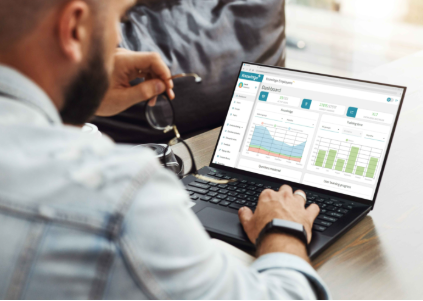In today’s digital-first learning environments, education technology (EdTech) has become a valuable partner in supporting student progress. One of its most impactful roles is helping educators effectively monitor academic growth over time. From real-time performance dashboards to adaptive assessment tools, EdTech offers precise and timely insights that were once difficult to capture in traditional classrooms.
Why Tracking Academic Growth Matters
Understanding student growth isn’t just about measuring test scores—it’s about identifying learning patterns, recognizing individual needs, and adapting teaching approaches accordingly. Growth tracking allows teachers to see where students are improving and where they may need more support. It promotes data-informed instruction and creates a clearer path toward student success.
How EdTech Tools Support Growth Monitoring
Modern digital tools bring structure and accuracy to academic tracking:
Learning Management Systems (LMS): Platforms like Google Classroom or Canvas organize student assignments, grades, and participation in one place, making it easy to analyze trends over time.
Progress Tracking Dashboards: Many EdTech solutions feature built-in dashboards that display data visually, allowing teachers and school leaders to make quick, informed decisions.
Adaptive Assessments: These tools adjust question difficulty based on student responses, providing a more accurate measure of skill levels and growth.
Portfolio Platforms: Digital portfolios allow students to showcase progress in writing, projects, and other assignments, giving a broader picture of learning beyond tests.
Benefits for Students and Educators
Using EdTech for academic growth tracking has several advantages:
Personalized Learning Paths: Teachers can tailor instruction based on individual performance metrics.
Faster Feedback: Automated grading and analytics provide instant insights for students and educators alike.
Parental Engagement: Many systems allow parents to stay informed about their child’s learning journey, strengthening the home-school connection.
Goal Setting and Motivation: When students can see their own progress, it encourages self-reflection and persistence.
Best Practices for Implementation
To make the most of EdTech for tracking academic growth, schools and teachers can follow these simple strategies:
Choose tools that integrate well with existing systems.
Train educators on how to interpret and use learning data effectively.
Regularly review progress and adjust instruction accordingly.
Involve students in reviewing their own data to encourage ownership of learning.
Conclusion
EdTech isn’t just about bringing technology into the classroom—it’s about enhancing learning experiences and outcomes. When thoughtfully used to track academic growth, it helps educators stay informed, empowers students, and ensures that learning stays on the right path. As digital tools continue to evolve, their role in supporting academic development will only become more essential.














